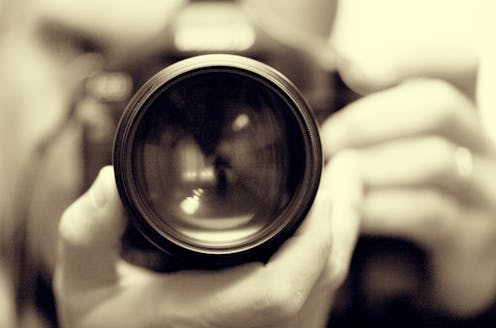last words from the unclassifiable Janet Malcolm
- Written by Belinda Castles, Lecturer in Creative Writing, University of Sydney

Janet Malcolm, who died in 2021 at the age of 86, left her readers this “memoir”, Still Pictures[1], an apt and fascinating coda to a celebrated and provocative life’s work.
As a young girl, Malcolm fled Nazism with her Czech-Jewish family on one of the last boats to sail for America. Her father was a psychiatrist, her mother a lawyer, and her work is filled with the kind of attention to people, language and the “truth” that a child might inherit from such professionals, with their specific personal history.
Malcolm’s writing is sui generis. During her 58-year relationship with the New Yorker[2] and over the course of 13 books, she covered psychoanalysis, literature, photography, art, archives and – notoriously – journalism and biography. Her huge subjects – life and truth, their representations in art and in person – were accessed via her attention to the minutest details of a subject’s dress or gesture, a slip of the tongue, and her persistent revisiting of contradictions.
Review: Still Pictures: On Photography and Memory – Janet Malcolm (Text Publishing).

















